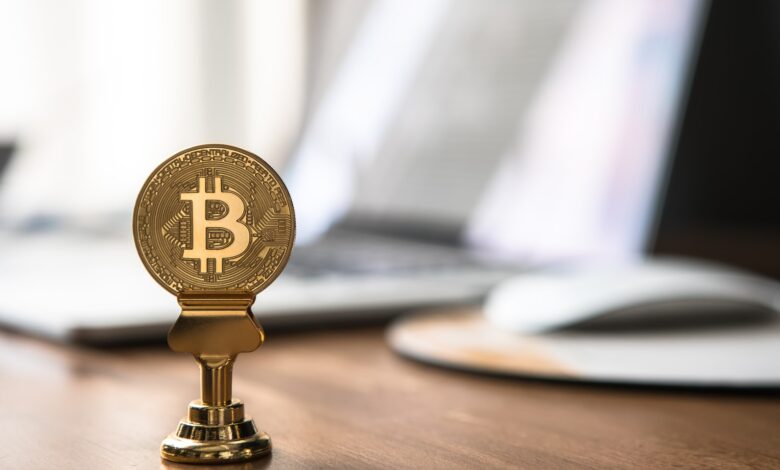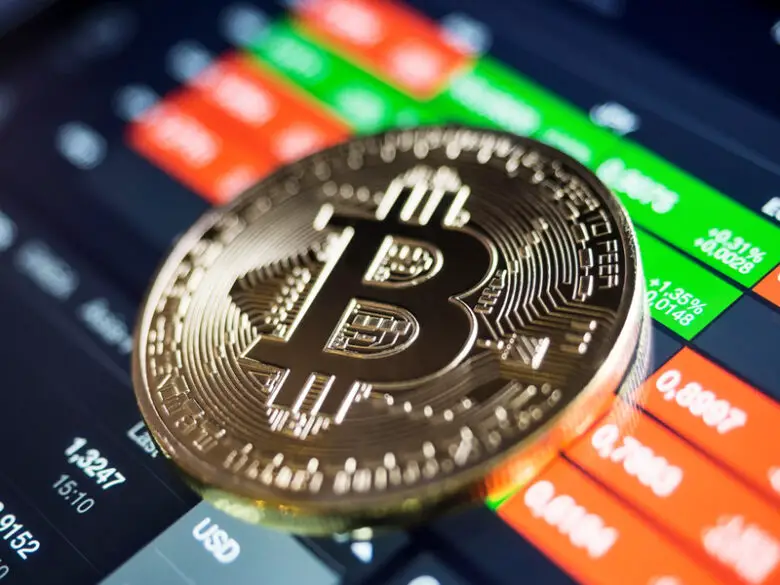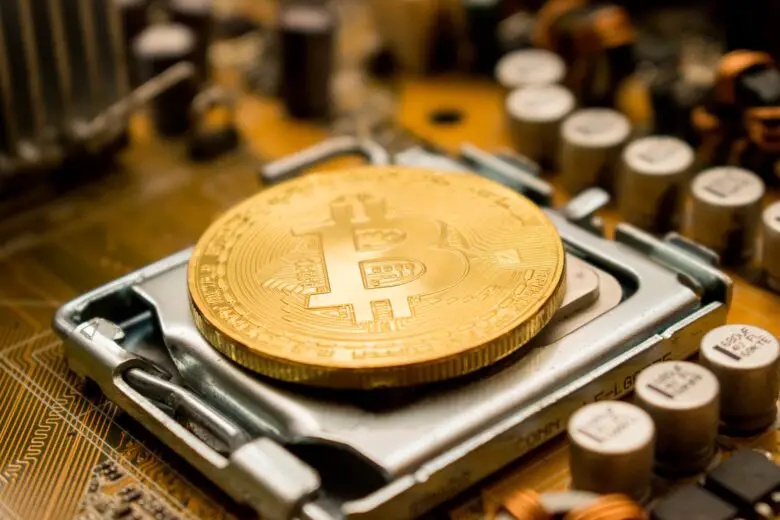What Is Cryptocurrency Mining?

Mining is the bread and butter of the cryptocurrency industry. But that doesn’t mean that mining is easy. Quite the contrary, mining is very costly, very risky, and it doesn’t guarantee anything.
But this wasn’t the case a few years ago. Before we explain that, let’s dwell deeper into the subject and elaborate more.
Cryptocurrency mining involves setting up a rig (equipment), powering up a mining program, and joining a pool with other miners. Your rig could be a standard PC, multiple GPU’s, or an ASIC miner. What you’ll use depends on what you’ll be mining.
There are tons of options of what currency to mine. There’s the standard Bitcoin, Litecoin, Ethereum, Monero, Dashcoin, etc. But there are also slightly less popular cryptocurrencies that can give you huge profits such as RavenCoin, Grin, Aion, and tons of others.

Explaining every one of this would be for a different time, as there’s so much information out there that it would be impossible to fit in here.
Out of every minable currency that exists, Bitcoin is the most popular one. To mine Bitcoin, you’ll need something called an ASIC miner. ASICs are CPUs carefully designed to be used solely for that! They have a huge hash power which enables them to be more efficient and effective. But mining, especially Bitcoin, is becoming a very unprofitable thing.
ASIC miners can cost anything from $1,000 to $5,000. The more expensive and new the rig, the better you’ll mine. But that doesn’t guarantee anything in return as the costs for electricity is more than enough to put off people from doing it.
Okay now that we’ve explained something, let’s explain what mining actually is.
How Do You Mine And What Is It?
A miner is a person that downloads a program and powers up his rig with it. Once a miner joins a pool of other miners, they put their collective strength together and use it to “mine” blocks. What your rig essentially does is solve mathematical equations (more on that later) that mostly translates to approving transactions.
And for solving whole blocks of equations you are given a reward. The reward is a tiny fraction of a single coin. For example, you won’t receive a single Bitcoin by mining; it can take up to 1200 days using the latest Antiminer S19 Pro.
That’s 1200 days worth of paying electricity bills and repairs if the miner breaks down. But you don’t need a single Bitcoin to earn your reward.
Every time a block gets mined, you’ll receive your reward and transfer it to your digital wallet. One block is the size of 1 MB worth of data. But a miner has to mine a block himself to be rewarded.

Since the block is the size of a single MB that means that this can take anything from a few days to hundreds. It’s safe to say that the former is rarely the case.
But that’s not all. There are problems involving mining, so let’s talk about them.
Before we move forward, do know that we will use Bitcoin as an example. And as we mentioned earlier, there are lots of other coins you can mine. But before you settle on one, make sure to read everything there is to it. If you’re interested in mining Litecoin, then there is a great article over at Binaryx about it.
Problems With Mining Bitcoin

There are two primary problems related to Bitcoin mining. The first one is that you actually have to approve 1 MB worth of Bitcoin transactions on the blockchain. As we mentioned earlier, this can be done in a single transaction or it could take hundreds. A Bitcoin transaction takes about 10 minutes to confirm, although this is the average.
So that’s the first problem, what about the other?
The second problem is much more complicated and a lot more stressful. Namely, you have to be the first one to arrive at the answer at the right numerical problem to receive the currency; a process known as “proof of work”.
But what do we mean by this?

Well, here is where things get unprofitable and very complex. To put it simply without any explanation, it’s total guesswork. You have to be the first one to guess the answer. Yeah, we know, that doesn’t explain anything. Sit tight, we’ll get there eventually.
We mentioned at the beginning that a cryptocurrency miner essentially solves mathematical equations. Well, that’s not really what’s happening as you’re essentially guessing the answer to the problem.
This is where the money comes into play. The more money you throw at your rig (the better hardware you have) gives you more hash power. You have to be the first to generate a 64-bit number (hexadecimal) that is less or equally the same to the number of the block.
So, in reality, there is no mathematical equation to success. All you need is a high hash rate and be lucky enough for your mining rig to be the first one to guess the number.
It’s really complicated and somewhat unfair.
What Is Your Role In All This?
So, let’s say you’ve gotten yourself an ASIC miner and is red hot into mining Bitcoin? What is your role in the blockchain? Well, you might have heard that everyone plays an equal part on the blockchain.
That is true.
The more miners out there mean the faster new Bitcoins come into existence. The founder of Bitcoin is the mysterious Satoshi Nakamoto. Nobody knows who this guy is but he created the genesis block that essentially threw 50 Bitcoins into circulation.
The more miners mining means the more Bitcoins go into circulation. Since the only way for new Bitcoins to appear is through mining, you are essentially creating new coins.
However, there is a limit to it and the clever Satoshi has capped Bitcoin at 21 million. We are currently at a number of around 18.5 million.
Unless Satoshi changes the Bitcoin protocol, we might end up with only 21 million Bitcoins.
